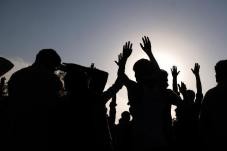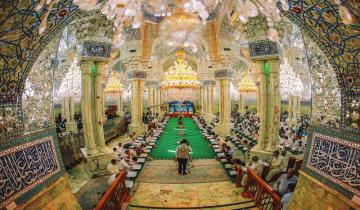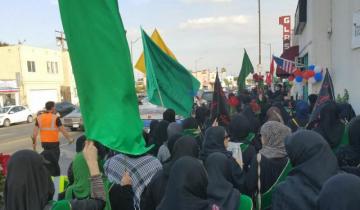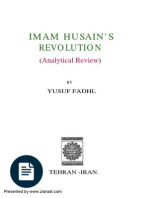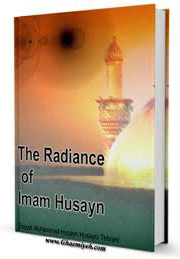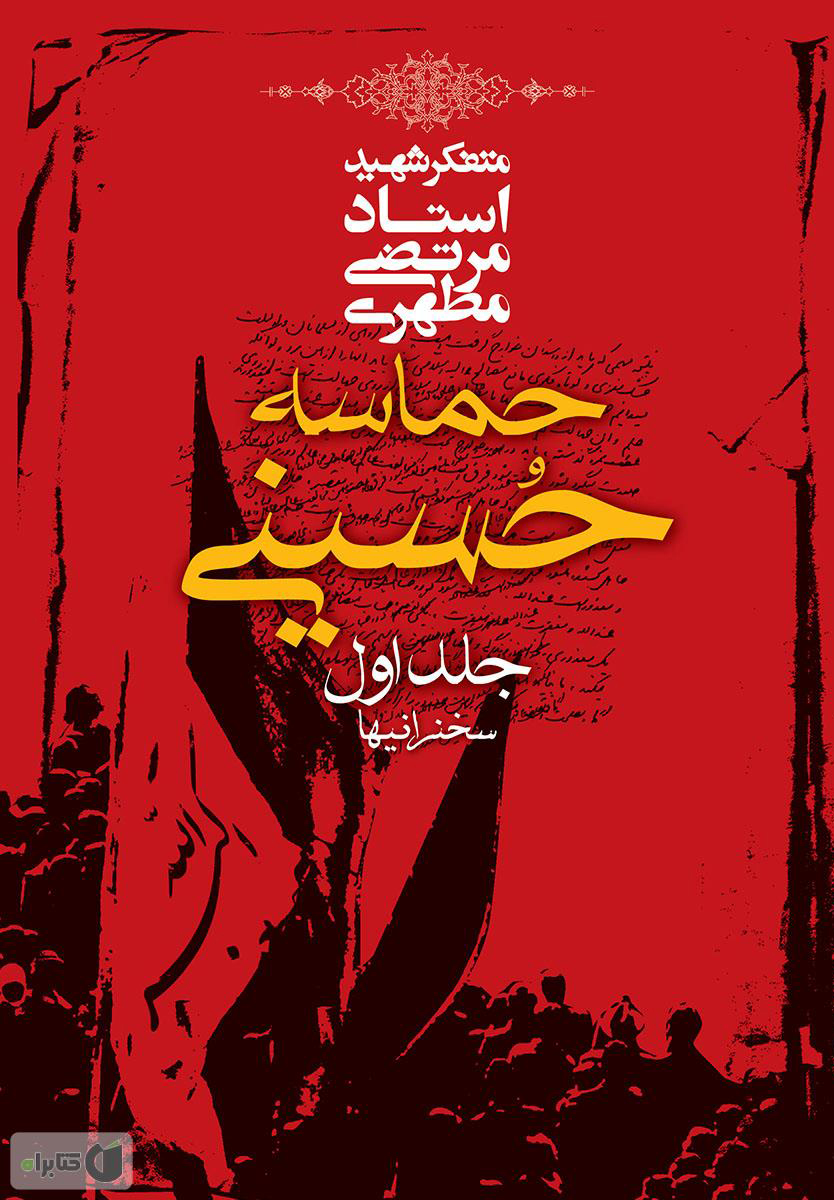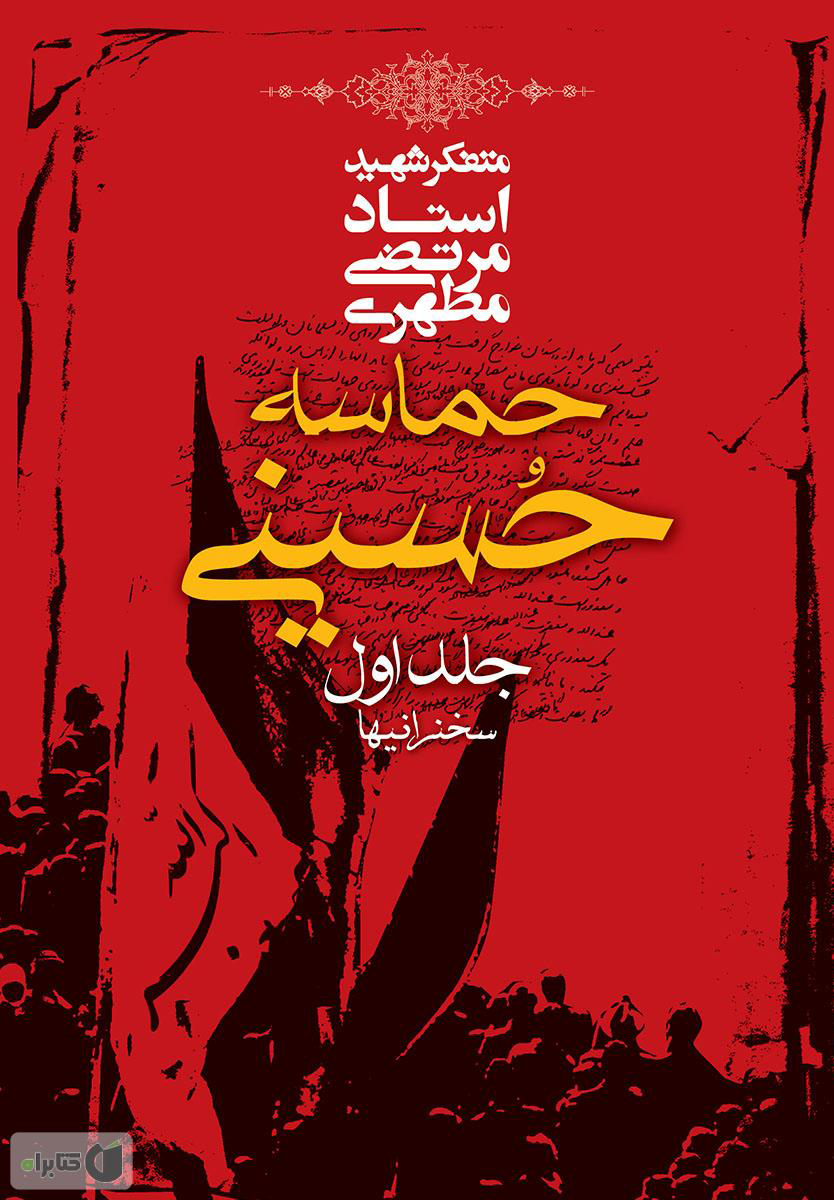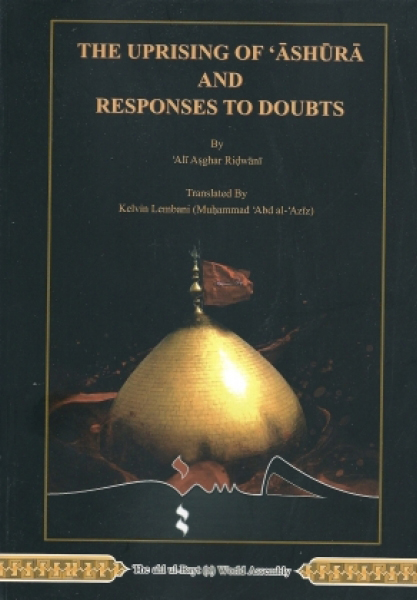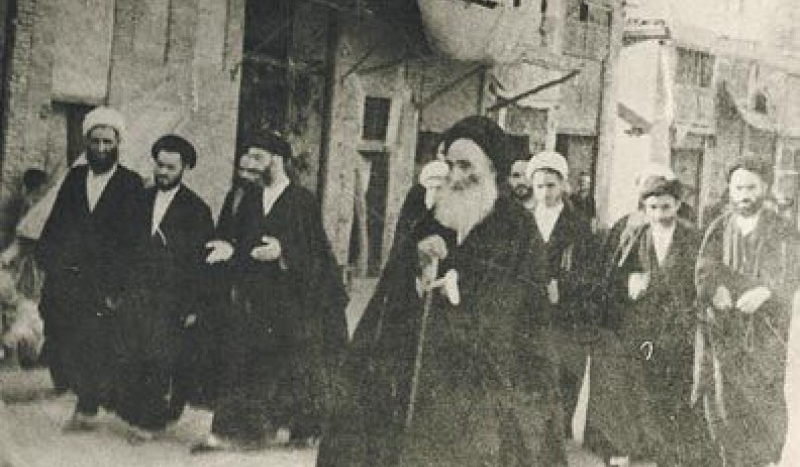
The Arbaeen march, or pilgrimage, was being held throughout different eras in the Islamic history of the shia sect. It was especially held during the time of Sheikh Morteza Ansari very bombastically and gloriously. But after him, the rite was forgotten and even many would consider it a rite belonging to the poor. But Mohaddes Nouri, who was a prominent shia figure, in the fourteenth hejri centure revived it and stressed its significance.
The rite has been on in various eras. It was even done covertly during the time of Iraqi dictator Saddam Hussein. The rite has been given attention by the ulema and scholars, most of whom have attended the rite.
The history of the Arbaeen pilgrimage
The beginning of the Arbaeen pilgrimage dates back to the year 61, hejri calendar, and the Karbala tragedy. According to ulema’s narratives on the year 61, hejri, there is the 40th day of the martyrdom of Imam Hussain ibn Ali (as), whose head was taken back to his body in Karbala as his family were taken back under arrest, and buried there.
According to historical records, Jaber ibn Abdullah, is the first pilgrim of Karbala, who on the Arbaeen of that very year started his travel from Medina to Karbala. It was the beginning of the magnetic attraction for the act of Hussain. It lifted Jaber ibn Abdullah from Medina and dragged him to Karbala.
Through history, Shia ulema have had a key role in encouraging the followers to taking the pilgrimage, not only suggesting the move, but also taking part in it in person. Ulema like Sheikh Ansari, Allamah Qazi Tabatabaei, Mirza Jawad Malaki Tabrizi, Ayatollaj Bahjat, Ayatollah Makarem Shirazi, Ayatollah Shobeiri Zanjani, Ayatollah Ali Sistan, Ayatollah Waheed Khorasani, and Allamah Javadi Amoli have mentioned the necessity and significance of the rite, and called shias to take part in it.
Sheikh Mirza Hussain Nouri
Many consider Sheik Mirza Hussain Nouri as the reviver of the pilgrimage in the current era. Hussain Mohaddes Nouri, son of Mohammad Taqi Mohades Nouri Mazandarani, the author of 'Mostadrak al-Vasayel' was one of the key shia scholars in the 14th century, hejri. Based on many declarations the rite had been forgotten during his time. It was then revived by Sheikh Mirza Hussain Nouri. This high ranking scholar first set off for the pilgrimage on the eid of Qurban from Najaf to Karbala. He was 3 days on road and he was accompanied by some 30 friends. According to historical records, the Sheikh pretty much every year took the pilgrimage.
Mirza Jawad Agha Malaki Tabrizi
With the giant step taken by Mirza Hussain Nouri, the Arbaeen pilgrimage was once more the fad. After that, many lovers of Imam Hussain (as) and some ulema took the pilgrimage on foot. Mirza Jawad Agha Malaki Tabrizi was one of the great shia scholars who took the trip on foot many times. He said in this regard, 'Anyways it is a necessity for one that tries to take himself on the 20th of Safar to the shrine of the martyred Imam.'
Seyyed Mohsen Amin Ameli
Seyyed Mohsen Amin Ameli the author of 'Ayan ul-Shia' and one of the great figures was mainly active in the Arbaeen pilgrimage.
There is a famous story about him regarding the Arbaeen that goes thus: 'For ten and a half years, I was in Najaf. I used to read and perform the special ziarah’s of Ashura, Eid al-Ahdha, Qadr, Arafa, and Arbain. But a while before the pilgrimage I would go to creditors and ask for blessing. I was interested in taking the pilgrimage on foot. It was first difficult for me, but then through experience I realized it was easy. On that journey. A number of pupils from Jebel Amel and Najaf and others would join and follow me.'
SOURCE:
http://sayyidali.com/news-analysis/history-of-ulema-attending-the-arbaeen-march.html
-
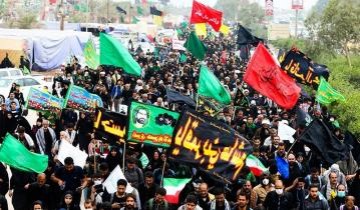 Arbaeen 2017: Pilgrims Flocking to Karbala for Arbaeen (PHOTOS)
Arbaeen 2017: Pilgrims Flocking to Karbala for Arbaeen (PHOTOS)
-
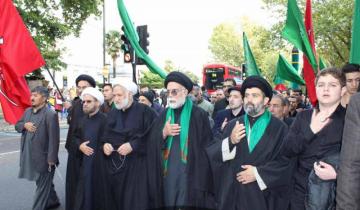 Ashura 2016: The annual Ashura day procession in London (PHOTOS)
Ashura 2016: The annual Ashura day procession in London (PHOTOS)
-
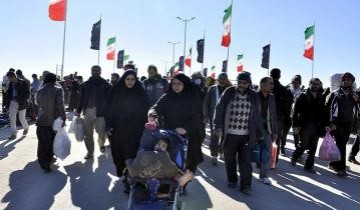 Arbaeen 2016: World Shiite Muslims Commemorate Arbaeen (PHOTOS)
Arbaeen 2016: World Shiite Muslims Commemorate Arbaeen (PHOTOS)
-
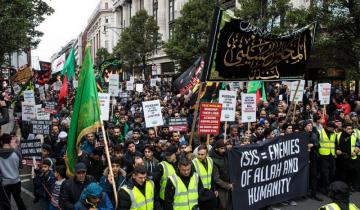 Ashura 2017: Thousands of Muslims march on Ashura day in London (PHOTOS)
Ashura 2017: Thousands of Muslims march on Ashura day in London (PHOTOS)
-
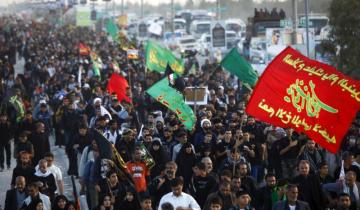 Arbaeen 2015: Millions of pilgrims throng Iraq's Karbala (PHOTOS)
Arbaeen 2015: Millions of pilgrims throng Iraq's Karbala (PHOTOS)
 Library
Library 










